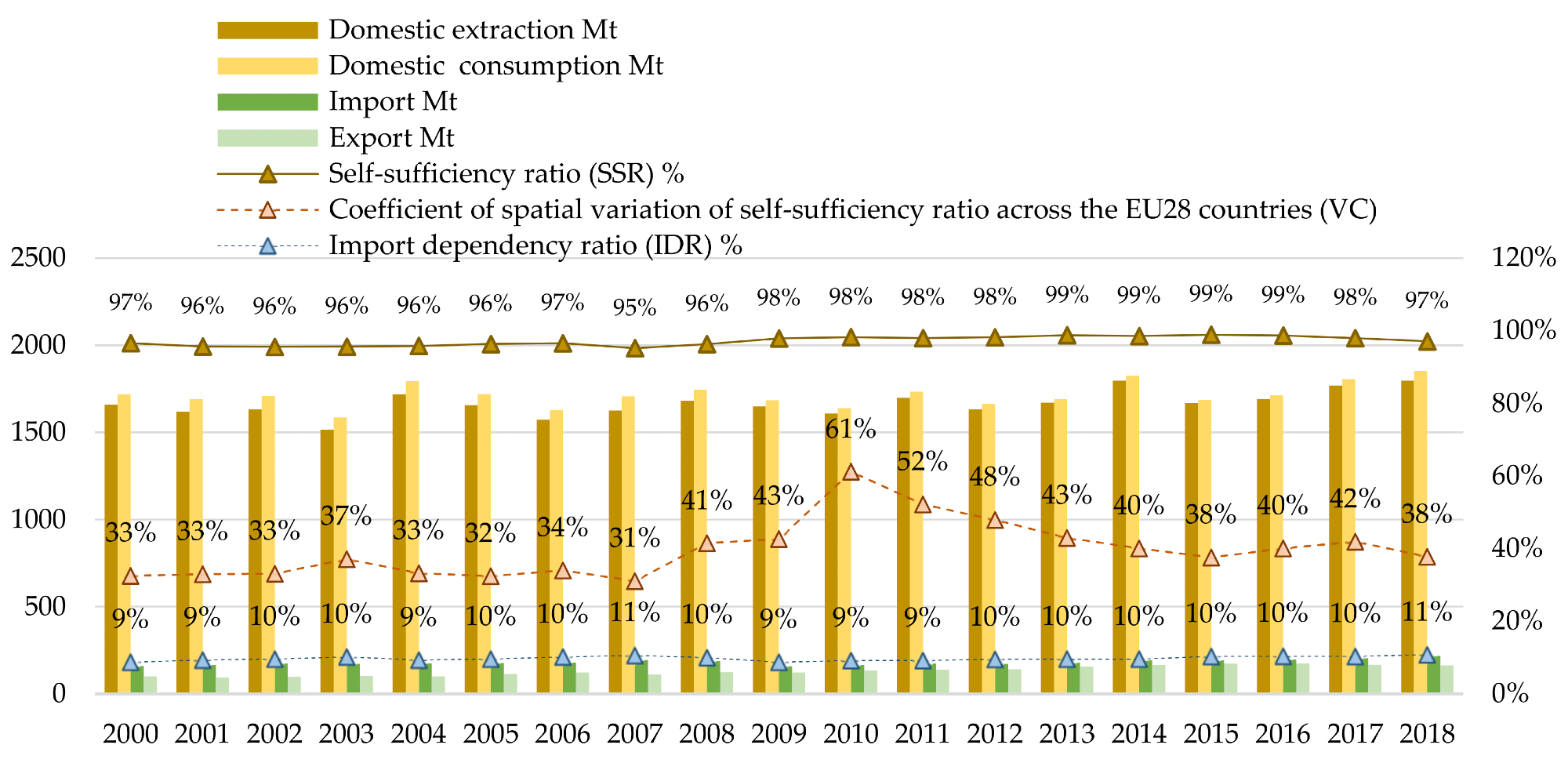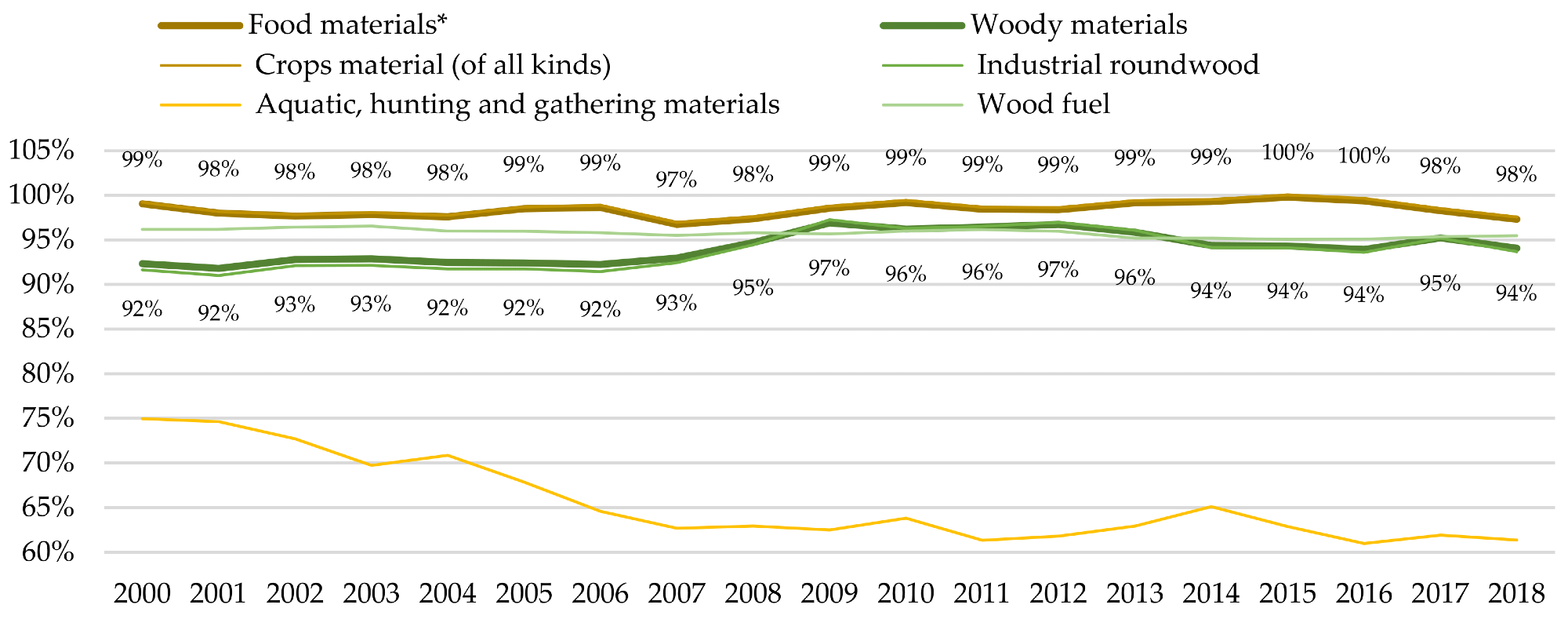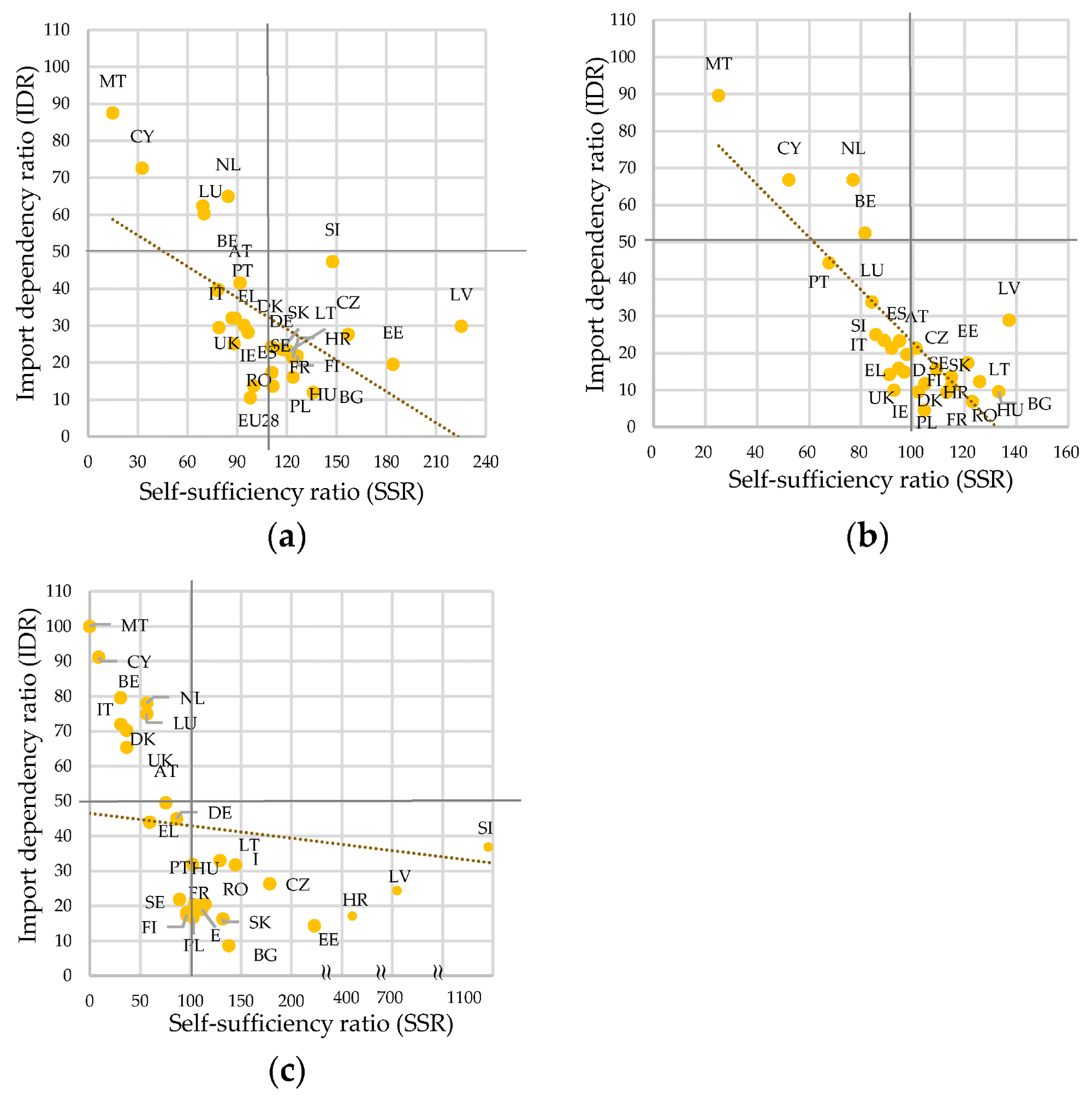To investigate the ability of EU nations to satisfy biomass demands, a new paper has been published in Sustainability.

Study: Spatio-Temporal Assessment of Biomass Self-Sufficiency in the European Union. Image Credit: JH Bispo/Shutterstock.com
Global concerns over climate change and ecological damage caused by human activity have motivated governments and scientists to develop alternatives to fossil fuel consumption. Biomass has been widely explored as a greener alternative for fuel and power needs, but the question remains as to how prepared countries are for increased demand for biomass.
Utilizing Biomass to Achieve Net Zero Carbon Emissions
The world is warming at an alarming rate, with extreme weather events increasing in frequency, environmental degradation on a massive scale, and increasing economic and social damage, the world’s governments have agreed to cut carbon emissions to net-zero by 2050. Interim targets to reduce carbon emissions by 2030 have also been agreed to try to limit global temperature rises to 1.5 oC above pre-industrial levels.
Long-term projections by the United Nations and the European Union have indicated that if the world continues to adopt a “business-as-usual” model, natural resources and the environment will continue to be seriously impacted. Population growth, industrialization, and rapid urbanization are factors that are driving climate change, with increasing power demands still overwhelmingly provided by burning fossil fuels, the major cause of greenhouse gas emissions.
Amongst the various renewable, sustainable alternatives to fossil fuels, biomass has been proposed to meet the world’s energy and fuel demands. Global demand for biomass, according to the OECD, is predicted to grow by 72%. Utilizing sustainable biomass resources is central to the climate mitigation plans of the European Union.
Moving from non-renewable, virgin petrochemical resources to biomass, whether sourced domestically or from other nations, will help the EU to mitigate environmental damage and adapt to climate change, meet its net-zero goals by 2050, ensure increased food and energy security, create jobs, and strengthen the economic competitiveness of the bloc.

Trends of the biomass extraction, consumption, and self-sufficiency in the EU-28. Source: Own composition based on the material flow accounts data from the Eurostat database. Image Credit: Vitunskienė, V et al., Sustainability
Creating a Stable Net Zero Economy in the European Union
To tackle these issues as well as create a balance between economic stability and climate change mitigation strategies, the European Union has set long-term targets for creating a resource-efficient, low-carbon, and competitive economy by 2050. A crucial element of achieving this is the bioeconomy, leading to European Bioeconomy Strategy, introduced in 2012 and updated in 2018 to set out a strategic approach to deploying the bioeconomy and meeting internationally agreed climate mitigation targets.
The EU’s Bioeconomy Strategy proposes an action plan which prioritizes strengthening bio-based sectors of the economy and scaling them up, alongside unlocking markets and investments. Additionally, the EU has implemented other policy plans including the Communication on Accelerating Clean Energy Innovation and the Circular Economy Action Plan which emphasize the importance of sustainable and renewable biomass resources to achieve a green economy.
The bioeconomy in the EU already constitutes an important part of the bloc’s economy. In line with the aims of the European Green Deal and a changing economy, the demand for biomass resources is predicted to increase by 70-80% over the coming decades according to EU climate scenarios. The future of biomass use across the European Union is likely to be vastly different from that of even the last 3-4 years, according to predictions.
In many cases, however, the growth in the use of biomass resources for industrial and commercial needs is hampered by complex, inefficient, and expensive manufacturing processes. Overcoming these issues is central to the climate mitigation and bioeconomy plans of major economies including the European Union.

Trends of the self-sufficiency in biomass groups and sub-groups in the EU-28. Notes: * including small amounts of non-edible biomass; SSR value presented by food and woody materials groups. Source: Own composition based on the material flow accounts data from the Eurostat database. Image Credit: Vitunskienė, V et al., Sustainability
The Study
The study published in Sustainability has assessed the European Union’s ability to achieve biomass self-sustainability. Self-sufficiency and import dependence ratios were applied using material flow data for both overall and individual types of biomass, making use of economy-wide material flow accounts. Long-term self-sufficiency and import dependence trends were determined by analyzing spatial-temporal data across the countries in the bloc as of 31st January 2020.
Previous trends across the EU and individual member states were analyzed based on domestic extraction-consumption balance. The capacity for satisfying biomass needs across the EU and at an individual member state level was assessed by characterizing the spatial and temporal variability in self-sufficiency data. Additionally, the study used a panel data analysis to find factors that have a statistically significant effect on biomass self-sufficiency across the EU. Several different methodologies were used in the study.

Self-sufficiency and import dependency relationship graph for biomass materials across the EU member states. Notes: In the whole sample of the EU−28 countries, a moderate negative correlation was found between the self-sufficiency and import dependency ratio (r = −0.62; correlation is significant at the 0.01 level (2-tailed)), a strong negative correlation was found between the self-sufficiency and import dependency ratio for food materials (r = −0.81; correlation is significant at the 0.01 level (2-tailed)), and a moderate negative correlation between the self-sufficiency and import dependency ratio for woody materials (r = −0.31; correlation is significant at the 0.01 level (2-tailed)). Source: Author's composition based on the material flow accounts data from the Eurostat database. (a) Biomass materials (total); (b) food materials; (c) woody materials. Image Credit: Vitunskienė, V et al., Sustainability
The authors concluded that by 2018, the EU’s biomass self-sufficiency reached a figure of 97.1% (down slightly from almost 98.9% in 2016) and was higher over the last decade than the previous one. Data varied spatially across individual member states, and around two-thirds of member states specialized in primary production and can meet their domestic needs as well as having the potential for exporting biomass material to other world economies. Conversely, in the other third, primary production is under-represented and insufficient to meet demand.
Moreover, the EU is a net importer of biomass, with an import dependence of over 11%. Significant variations between member states were identified by the authors in terms of import dependency, primary production, types of biomass utilized, and self-sufficiency. Some member states lack natural resources and ecological assets to be self-sufficient.
The authors identified limitations of the study, but despite this, they have stated that this study can be used by governments and bodies in the bioeconomy sector to inform decisions. Finally, the authors have stated that future studies should explore economic, ecological, and social constraints to biomass use and recovery of resources from natural and cultivated ecosystems.
Further Reading
Vitunskienė, V, Aleksandravičienė, A & Ramanauskė, N (2022) Spatio-Temporal Assessment of Biomass Self-Sufficiency in the European Union [online] Sustainability 14(3)1897 | mdpi.com. Available at: https://www.mdpi.com/2071-1050/14/3/1897
Disclaimer: The views expressed here are those of the author expressed in their private capacity and do not necessarily represent the views of AZoM.com Limited T/A AZoNetwork the owner and operator of this website. This disclaimer forms part of the Terms and conditions of use of this website.